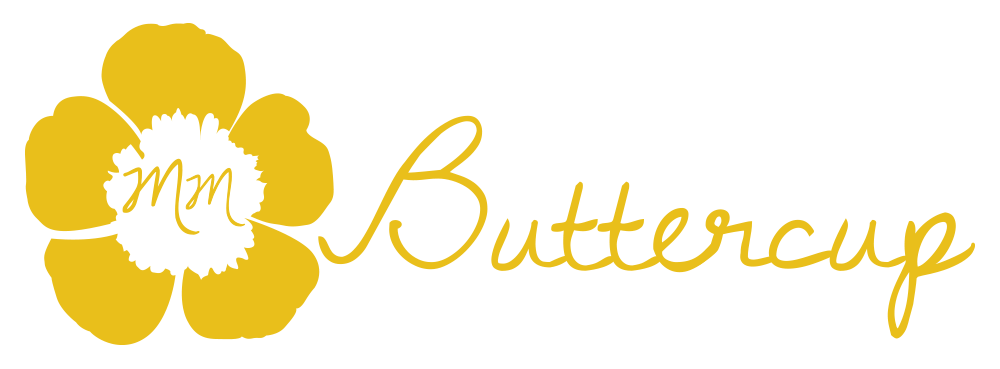How we ask for something many times determines the outcome. I had the good fortune as a child to attend a canoe camp on Orcas Island in the beautiful Pacific Northwest. We paddled our hearts out on trips to Friday Harbor, Orcas, and Jones islands. Back at camp headquarters we had a well-stocked camp store. My parents gave me a little spending money for the store, but the budget evaporated early in my stay. I spent it on candy. What’s a girl to do stuck on an island with no money? I put my stamps and stationery to work—I wrote my parents a letter (this was in the late 70s before cell phones).
Around the same time a researcher from Harvard, Dr. Ellen Langer, published a paper with her colleagues based on experiments they conducted on how to ask a favor. In their experiment, the researchers set up a copy machine at a university and experimented with different types of favor asking (Langer, Blank, & Chanowitz, 1978). They found there was greater compliance with small favors compared to big favors. There was also more compliance when a reason was given, rather than no reason or explanation for asking the favor.
I wasn’t reading research from Harvard during camp, but somehow I intuitively knew how to ask my parents for a favor. The letter from camp started by me telling them how much I missed them, and then all the things I was doing at camp. I asked for a modest amount of money so that I could buy materials to make a lanyard key chain. The small favor, paired with a reason for why I needed it, resulted in compliance. Ca-ching! My awesome parental units sent me way more money than I expected.
When we work on a team, we may need to ask team members for a favor. Effective communication can make team work more productive. The next time you need to ask a favor, try applying the Langer principles. You may just get your flashy lanyard in the end.

